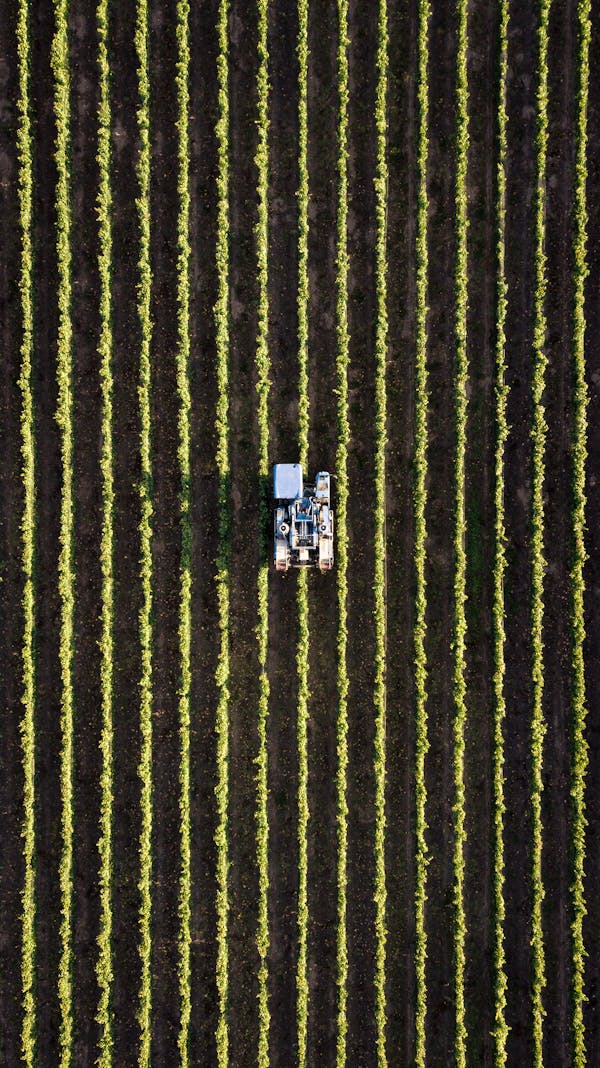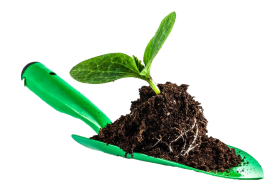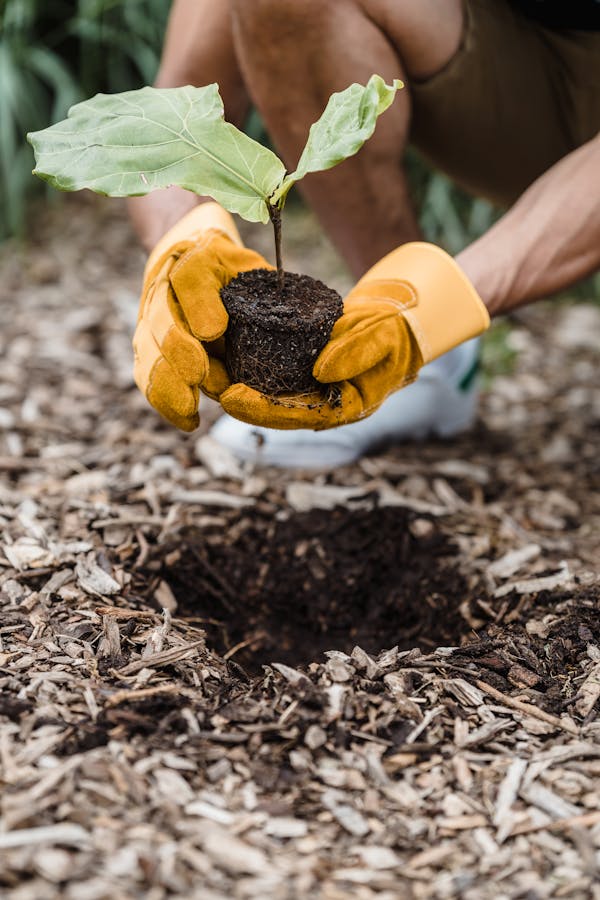Rising Costs of Farm Inputs
There is an increase in agricultural production costs in the United States of America. The escalating costs of fertilizer, fuel, and machinery present significant challenges to farmers because the overall cost of farming has risen. According to the US Department of Agriculture (USDA), the production expenses have increased by 100 billion dollars, peaking at 460 billion dollars in 2023 (Senate Committee On Agriculture, Nutrition & Forestry, 2023). At the same time, the USDA predicted that 2024 will see a slight decline in fertilizer and financing costs by 17 percent and 30 percent, respectively. The rise in agricultural production costs will reduce farmers' profits, forcing stakeholders to increase food prices for citizens. Although the USDA predicts a slight decrease in some agricultural inputs, the compounding effects of the rising costs over the past few years will continue to affect farmers and consumers.
Labor Challenges in Agriculture
The US workforce in agriculture is highly dependent on migrant workers. The government facilitates a program called the H-2A visa program that allows employers in the agricultural sector to employ foreign-born workers to provide seasonal farm labor on a temporary basis. However, the USDA finds that the number of migrant workers under the H-2A visa program has reduced; in this regard, there is an increase in the number of unauthorized migrant workers (United States Department of Agriculture, 2023). This phenomenon lowers wages as these unauthorized workers settle for lower wages than the standard. Although there are labor laws that regulate the terms of employment for workers under the H-2A visa program, employers find the alternative to be better. The issue disadvantages authorized workers as they become less attractive to employers.
Water Conservation and Regulation
Water affects agricultural production when it is scarce and excess. Some areas in the US fail to get enough, while others receive excess. Researchers have discovered that these two aspects of water availability adversely affect agricultural production. California is a good example of a state that experiences too much water at the start of summer, followed by scarcity as summer continues. Climate change causes this phenomenon through heat waves, drought, and flooding. Consequently, farmers see a rise in weeds, pests, and diseases, affecting the quality and quantity of produce (Guerra, 2024). There is a need to provide farmers with information, technology, and education on managing the changing climate; otherwise, farming will deteriorate in the US. Although the government is keen on combating climate change, there is a need to safeguard the interests of farmers as they are food sources for Americans.










